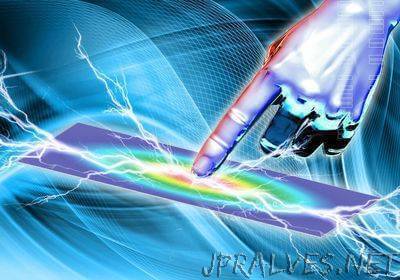
“A new concept in energy harvesting could capture energy that is currently mostly wasted due to its characteristic low frequency and use it to power next-generation electronic devices. In a project funded by electronics giant Samsung, a team of Penn State materials scientists and electrical engineers has designed a mechanical energy transducer based on flexible organic ionic diodes that points toward a new direction in scalable energy harvesting of unused mechanical energy in the environment, including wind, ocean waves and human motion. Devices to harvest ambient mechanical energy to convert to electricity are widely used to power wearable electronics, biomedical devices and the so-called Internet of Things (IoT) — everyday objects that wirelessly connect to the internet. The most common of these devices, based on the piezoelectric effect, operate most efficiently at high frequency, greater than 10 vibrations per second. But at lower frequencies their performance falls off dramatically.”
